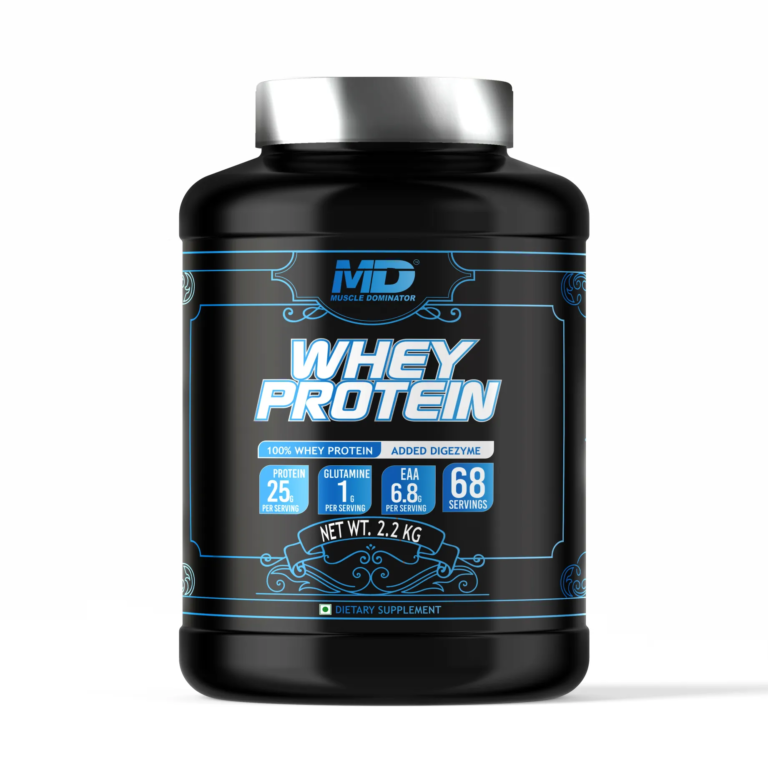In robotics, automation, aerospace, and advanced machinery, precision, compactness, and reliability are non-negotiable. That’s exactly where Harmonic Drive Actuators stand out. A Harmonic Drive Actuator combines the unique advantages of strain‐wave gearing with servo actuation to deliver ultra–high positional accuracy, minimal backlash, and compact high-torque performance in a single integrated unit.
What Is a Harmonic Drive Actuator?
At its core, a harmonic drive actuator is a servo actuator that integrates a harmonic (strain wave) gearbox with a motor and control feedback elements (like encoders or built-in drives). The harmonic (or strain wave) gearing mechanism comprises three essential elements:
-
Wave Generator — an elliptical cam or bearing assembly that deforms the flex spline.
-
Flex Spline — a thin, deformable cylindrical cup with external teeth.
-
Circular Spline — a fixed rigid ring with internal teeth.
As the wave generator rotates, it deforms the flex spline so that its teeth engage with the circular spline at two diametrically opposite zones. Because the flex spline typically has fewer teeth than the circular spline, each full rotation of the wave generator causes the output (flex spline) to “walk” relative to the fixed ring, producing large gear reduction in a compact form.
By combining this gearing with a motor and feedback systems, a harmonic drive actuator transforms the input (motor rotation) into precise, high-torque, backlash-free motion.
Key Advantages & Differentiators
1. Zero (or Extremely Low) Backlash
The way the flex spline and circular spline engage ensures continuous tooth contact, eliminating gap or “play.” This yields extremely fine repeatability and positional control—critical for robotics, optics, surgical devices, or any motion system demanding high fidelity.
2. High Torque in Compact Volume
Harmonic actuators deliver impressive torque density. Because the gear reduction is accomplished within a single, compact stage, designers avoid bulky multi‐stage gearboxes.
3. Exceptional Precision & Repeatability
With minimal transmission error and high stiffness, harmonic actuators can accurately control minute angles—even under varying loads.
4. Lightweight & Space-Efficient
Their slender, axial profile and reduced component count make them ideal where space and weight are constrained—like robotic joints, satellite mechanisms, or medical devices.
5. Integrated Solutions & Simplified Architecture
Modern harmonic drive actuators often come pre-integrated with motors, encoders, and sometimes even servo drivers or brakes. This integration streamlines design, reduces cabling, and cuts time to market.
6. Low Maintenance / High Reliability
With fewer moving parts, no multi-stage gear train, and no need for complex lubrication systems, many harmonic actuator solutions are durable and require minimal maintenance over long life.
Performance Specs & Variants
Harmonic drive actuators come in many families and form factors, covering a broad performance envelope:
-
Hollow shaft vs. solid shaft designs: Hollow versions allow routing of cables, fluids, or optical paths through the actuator axis—a key feature for robotic arms or semiconductor tools.
-
Gear ratios: Typical ratios can range from ~11:1 up to ~160:1 or more, depending on model and configuration.
-
Torque & speed tradeoffs: Peak torques in the tens to thousands of newton-meters exist, with maximum speeds often in the tens to low hundreds of rpm.
-
Integrated vs modular: Some actuators include built-in servo drives (e.g. CANopen or EtherCAT), absolute/incremental encoders, and brakes.
-
Environmental grades: Options with IP ratings and rugged construction make them usable in harsh or cleanroom settings.
Use Cases & Applications
Because of their combination of precision, torque, compactness, and integration, harmonic drive actuators are widely used in:
-
Robotics — in joint axes for industrial, collaborative, humanoid, or surgical robots.
-
Semiconductor and science equipment — wafer handling, alignment stages, scanning systems.
-
Aerospace & space systems — pointing mechanisms, satellite actuators, deployment systems.
-
Medical & surgical devices — micro-positioning, imaging gear, robotically assisted surgery.
-
Factory automation — assembly lines, precision pick-and-place, machine tools, rotary indexing.
-
Optics & photonics — fine pointing, mirror mounts, beam steering.
-
Research & development — test rigs, motion stages, custom mechanisms.
Because of their reliability and simplicity, harmonic actuators are often chosen where conventional gear systems fail to deliver the needed precision or compactness.
Key Considerations & Challenges
To get optimal performance from a harmonic drive actuator, designers should watch out for:
-
Transmission error & compensation: Even high-end actuators show periodic kinematic errors arising from flexing or manufacturing tolerances. Advanced models may require calibration or compensation control strategies.
-
Load limits & fatigue: The flex spline experiences cyclic deformation; overloading or exceeding fatigue life can reduce life expectancy.
-
Bearing support & stiffness: Because the flex spline is elastic, proper external support, bearing stiffness and structural alignment are essential.
-
Thermal management: At higher loads or continuous operation, heat can affect tolerances and life.
-
Cost: Premium precision, tight tolerances, and integration make harmonic actuators more expensive compared to off-the-shelf gearboxes—especially for hobby or budget systems. As hobbyist users have noted, the price premium is real and often justified by performance.
-
Assembly & alignment: Achieving true zero backlash and accuracy demands high precision in mounting and alignment.
Why Choose Me Virtuoso for Harmonic Drive Actuators?
At Me Virtuoso, we don’t just sell components—we partner with you to craft motion systems that push the boundaries of precision and performance. Here’s how we stand out:
-
Domain expertise: We deeply understand motion systems, gearing technologies, and control integration.
-
Customization & support: From off-the-shelf units to tailored actuator assemblies, we offer design, integration, and support to match your application needs.
-
Quality & sourcing: We partner with trusted manufacturers and ensure each actuator meets the highest standards for precision, durability, and performance.
-
Application insight: Whether it’s a robotic joint, optical stage, or satellite mechanism, we help you pick or design a harmonic actuator optimized for your system demands.
-
Content resource: Our site (Me Virtuoso) provides design guides, use-case articles, and support to help you get full value from your actuator deployment.
Conclusion
In modern precision systems, Harmonic Drive Actuators represent one of the most compelling combinations of high torque, compact form factor, zero backlash, and integrated capabilities. While their cost and technical demands are higher than traditional gear trains, the performance advantages in sensitive or space-constrained systems often justify the choice.
If you’re building next-generation robots, optics systems, medical devices, or automation platforms, partnering with a provider like Me Virtuoso ensures you get the right actuator solution—balanced, reliable, and optimized for your needs.



